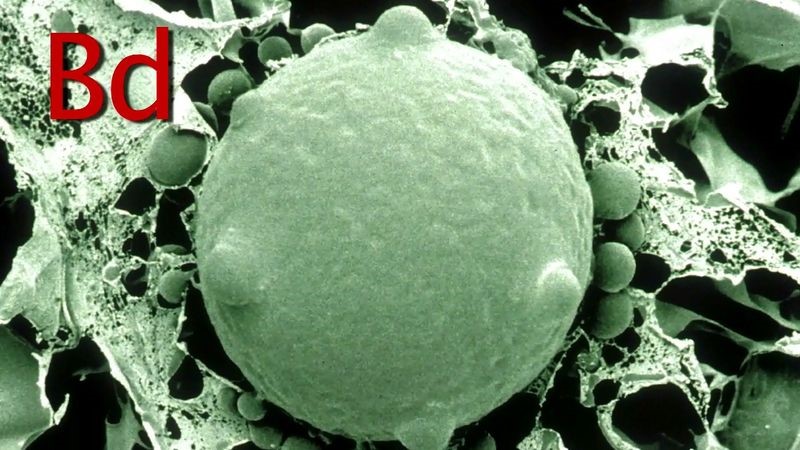





Disclaimer: Copyright infringement not intended.
Context
About
Transmission
Impact
Recent Discovery
Prevalence
Has it affected humans?
The role of climate change
|
PRELIMS PRACTICE QUESTION Q. Choose the incorrect answer with reference to the following statements. A. Batrachochytrium dendrobatidis is a bacterium that causes the disease chytridiomycosis- an infectious disease in amphibians. B. It spreads through spores discharged into water from amphibian skin. 1. A only 2. B only 3. Both A and B 4. Neither A nor B Answer: 1 |






© 2025 iasgyan. All right reserved